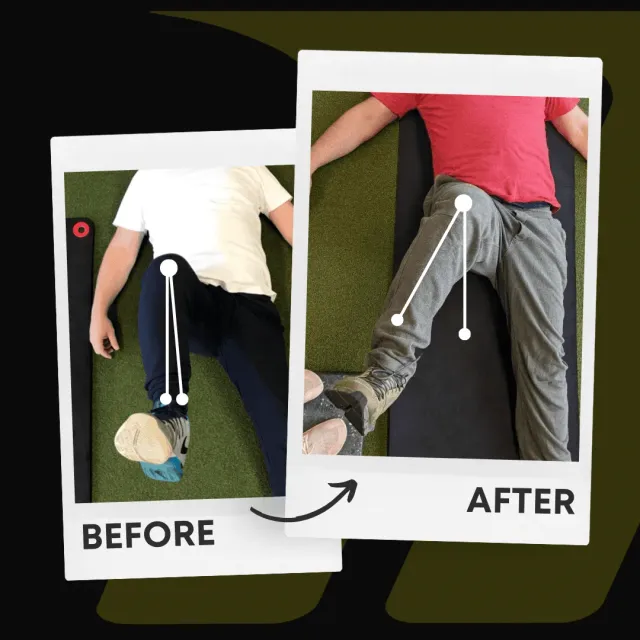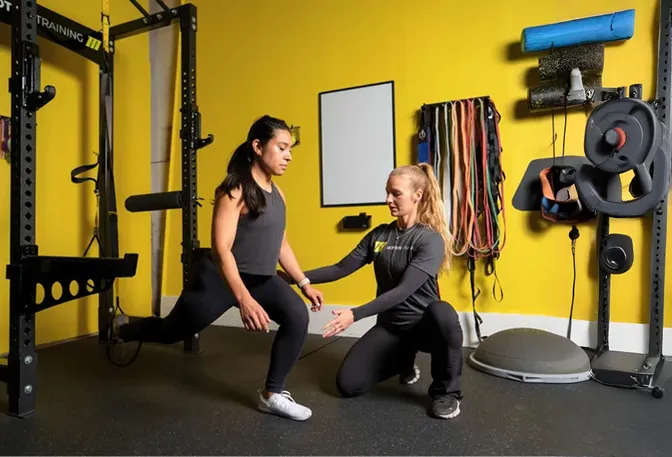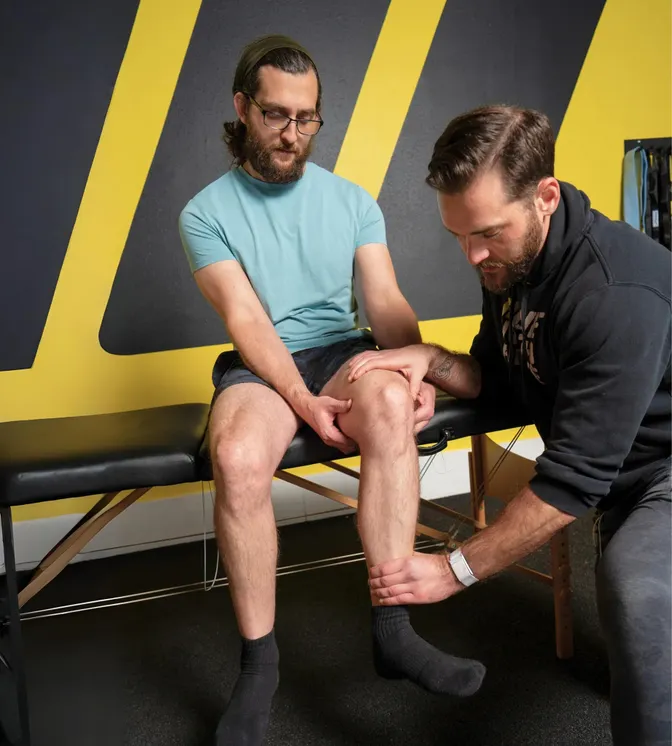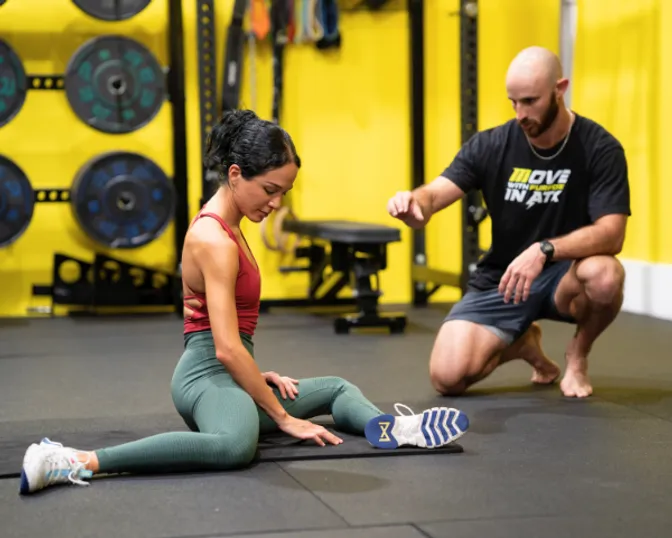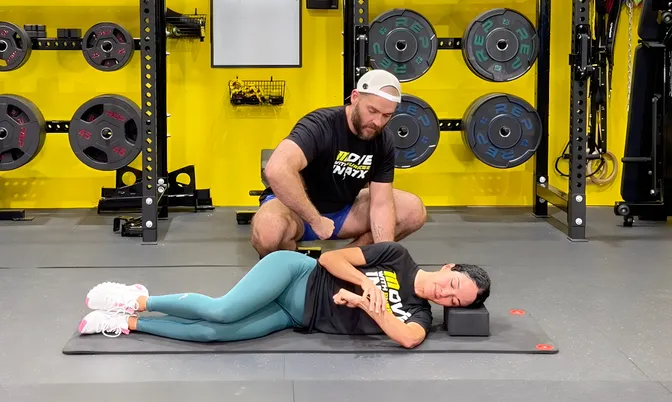Lessons In Pain.
July 4, 2022 | Pain
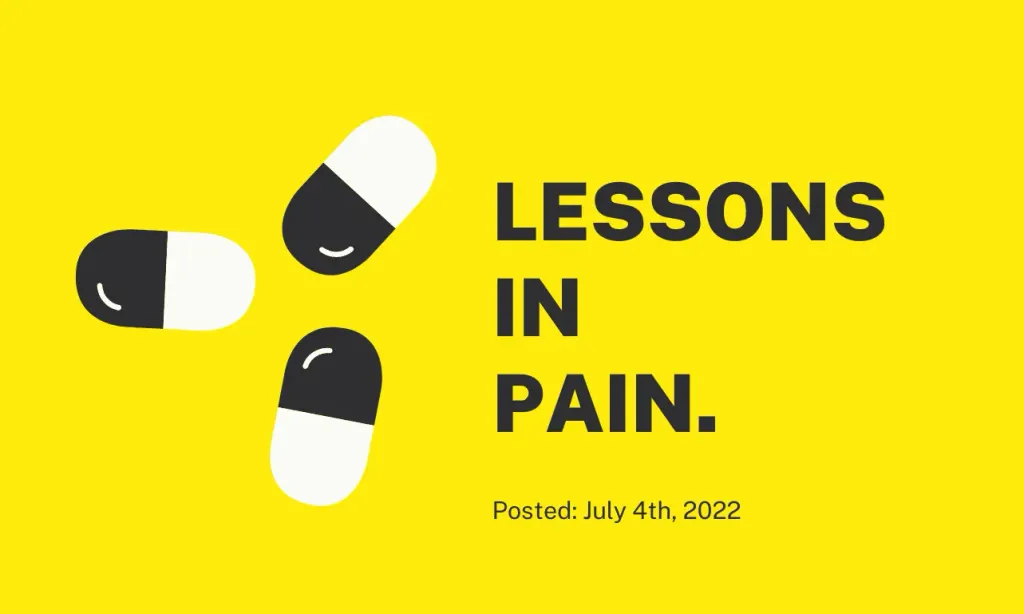
Back in 2016, I woke up with so much lower back pain that I couldn’t even bend over to get into my car to drive to the hospital. I took off a week from work at my remote job just to try to find pain relief of some kind. It felt like something in my spinal cord had given out, and all of those nerve fibers finally gave in and said, “Screw it, you’re stuck like this. Deal with it.”
If you’ve ever had pain or painful conditions, you know how much it sucks. Unfortunately, no amount of pain medicine (e.g., nerve blocks) or nonsteroidal anti-inflammatory drugs seems to help. Pain is often life-changing, debilitating, and depressing.
And yet, here I am, about to tell you how vital pain is and why you shouldn’t try to suppress it but understand it and learn from it.
Note: I realize some people may experience pain from trauma or medical conditions not within their control. Pain is probably not your friend, but I hope you can still take something away from this article.
What Is It?
You already know what pain feels like, but let’s define it so we can make better sense of it.
The International Association for the Study of Pain describes it as “an unpleasant sensory and emotional experience associated with, or resembling that associated with, actual or potential tissue damage.”
Unpleasant seems like an understatement, but nevertheless, it makes sense.
Pain is a sensation that comes after a noxious stimulus (i.e., an event that potentially causes tissue damage). Once that stimulus is present, your body kicks into nociception, a fancy term for how your body (your nervous system) deals with damage. From there, a whole host of things can happen, depending on the noxious stimulus.
For example, if your body is too hot, it will attempt to regulate it via thermoception. And it will do so in conjunction with how extreme the noxious stimulus is. So if you stick your hand in a pot of boiling water (don’t do that), it will react rapidly. On the other hand, if you’re a little hot from being in the sun, it will gently cool you down by making you sweat and increasing your heart rate.
Both scenarios deal with acute noxious stimuli, but pain can surface from repeated exposure to perceived noxious stimuli. For example, if you consistently round your lower back with minimal loads for months and months, it’s possible to build to the point of moderate pain in the lower back. That doesn’t mean it will, but it can.
I know that’s a lot to take in, so the main points are:
- Pain can appear or build depending on the flux of the noxious stimulus, and
- Nociception is the process by which your body responds to perceived noxious stimuli.
If this feels abstract, think about it in the context of daily movement. Your joints are constantly getting input from how you sit, stand, and train. When those inputs are poor, the “noxious stimuli” add up until your body finally gets your attention through pain. This is where awareness becomes the first step to change.
It Isn’t Just A Physical Phenomenon
In 2015, after a bad break-up and a life-altering decision to move to Austin, TX, I ended up in the emergency room with acute pain in my abdominal area. Back then, I was 27 years old and pretty darn healthy, but the doctors diagnosed me with visceral hypersensitivity, which sounded scary. I thought I was dying. It turns out I had visceral pain (i.e., organ discomfort) caused by…stress. In other words, I was so anxious that I manifested a severe achiness in my gut.
Nothing was physically wrong, and there was no prescribed treatment plan; they released me from the ER, and I went home to relax. Visceral hypersensitivity is more common than you think, especially for anxiety-prone or depressed individuals.
Pain is often associated with physical trauma, but that doesn’t tell the whole story.
The biopsychosocial model is the gold standard for pain management because it considers the whole person, rather than just the area causing discomfort. So, for instance, if someone were to experience chronic back pain, we wouldn’t simply assess their tissues for damage. Instead, we’d look at:
- Biological factors (e.g., hormones, genetics, health status).
- Psychological factors (e.g., mood, coping mechanisms).
- Social factors (e.g., environment, support systems, health care providers).
People are unique, so taking a holistic approach and looking at every factor that may influence the outcome of someone’s pain is necessary. It’s also why stress management, mindset, and healthy lifestyle habits play such an important role in how you feel day-to-day.
If this resonates, consider reading my article on reframing pain management at Motive, where I break down this concept in further detail.
Why Does It Happen?
Researchers have concluded over the years that we experience pain for three main reasons:
- Withdraw from the stimulus causing discomfort.
- Protect painful areas while they heal.
- Learn from and hopefully avoid further painful situations from arising again.
Think back to when you were a kid, sitting in your kitchen with your parents as they were cooking dinner. Your mom or dad told you not to get too close to the stove because it was dangerous. But you were five years old and had the best learning tool on earth at your disposal: curiosity.
So, you touched a pan you shouldn’t have. Then, you probably yelled or cried and recoiled your hand into your arms and clutched it. In doing so, you followed the three reasons above for why we feel pain.
Now, as an adult, you know the repercussions of touching a hot pan, and you do your best to avoid similar situations as often as possible. And yet, when it comes to moving your body, you often disregard these learning tools altogether. This is where injuries in the gym or daily aches tend to pile up over the years.
Restoring Awareness
Motive Training isn’t a clinic for pain management. We don’t do physical therapy, pain treatments, or massage therapy. What we do is show people how their bodies are supposed to move. And it’s this awareness of how our clients move (or can’t move) that really goes a long way to helping them fight aches, injuries, and discomfort.
Your body has been giving you years of feedback that you’ve likely turned a blind eye to. And the reality is that everyone is busy and stressed, and we collectively don’t make the time for movement and body awareness.
Part of understanding your pain is realizing that you probably caused it, intentionally or not, and that you’re the only one who is going to fix it. So, the aches you feel in your joints but push aside, or the injuries you’re dealing with in the gym that you hope will go away, are not going anywhere.
Make the effort today to change. Start with something simple, such as Controlled Articular Rotations, which are a foundational component of Functional Range Conditioning. If you’re ready to take it further, KINSTRETCH Online is the perfect resource to build a routine that expands your awareness and strengthens your joints simultaneously.
Get your body in motion. Pay attention to what moves smoothly and what doesn’t. Feel for discomfort, muscle strains, aches, or pain. Be present.
And if you still need help, we’re here to support you. Schedule with us, and you’ll mitigate against aches and injuries like you never thought possible.
References
Written by
Brian Murray, FRA, FRSC
Founder of Motive Training
We’ll teach you how to move with purpose so you can lead a healthy, strong, and pain-free life. Our headquarters are in Austin, TX, but you can work with us online by signing up for KINSTRETCH Online or digging deep into one of our Motive Mobility Blueprints.
